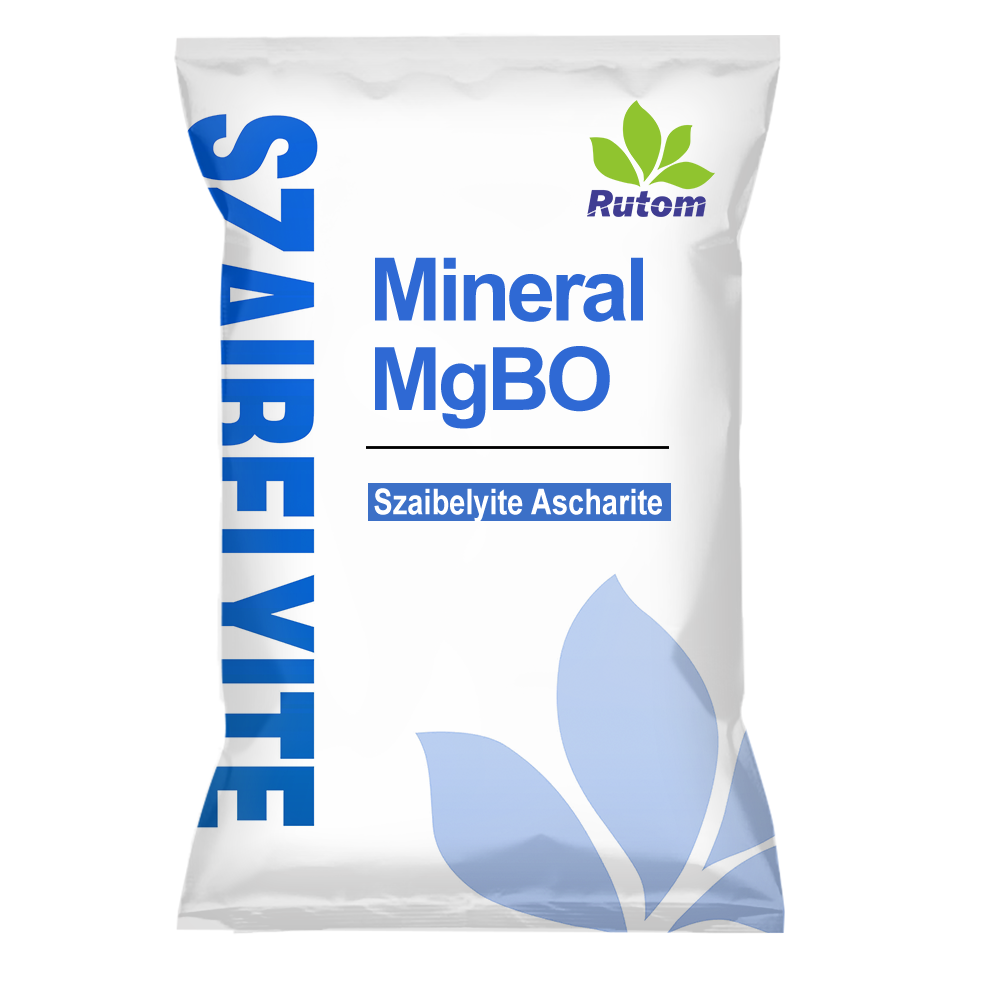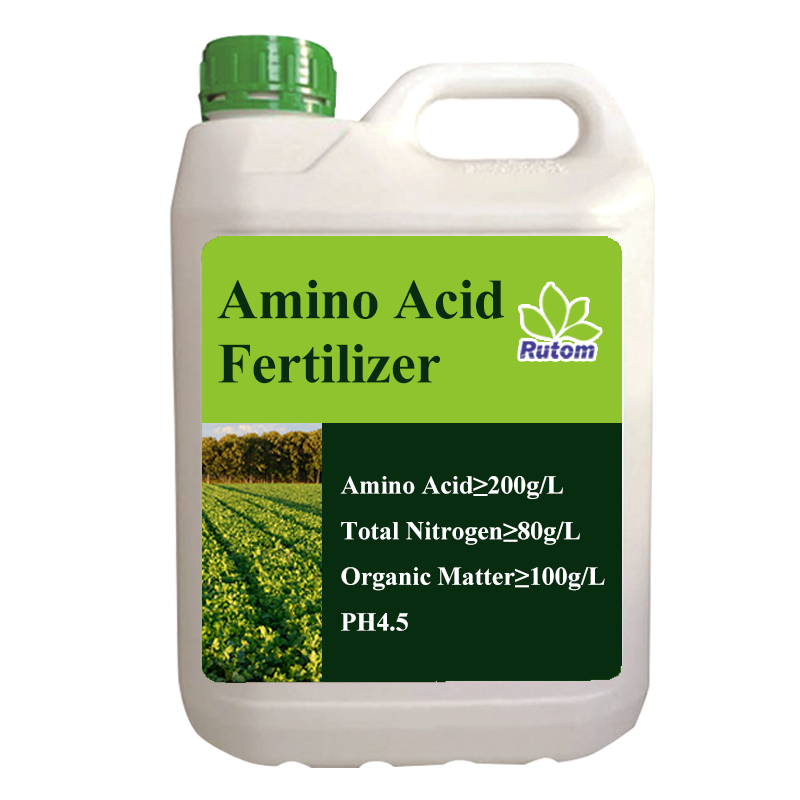How insoluble phosphate becomes available for crops?
Insoluble phosphate in the soil becomes available to crops through a process called phosphorus solubilization. This process involves the conversion of insoluble forms of phosphorus (such as calcium phosphate or iron phosphate) into soluble forms that plants can uptake.
Several mechanisms contribute to phosphorus solubilization:
Weathering: Over time, natural weathering processes break down rocks and minerals containing phosphate compounds, releasing soluble phosphorus into the soil.
Microbial activity: Certain soil microorganisms, such as bacteria and fungi, possess the ability to solubilize phosphate. These microorganisms produce organic acids (e.g., citric acid, oxalic acid) and enzymes (e.g., phosphatases) that help in breaking down insoluble phosphate compounds, making phosphorus available for plant uptake.
Root exudates: Plants release organic acids and other compounds from their roots into the soil. These root exudates can facilitate the solubilization of insoluble phosphates by lowering the pH of the soil and releasing chelating agents that bind to phosphate ions, making them more available for plant uptake.
Mycorrhizal fungi: Mycorrhizal fungi form symbiotic associations with plant roots, enhancing nutrient uptake including phosphorus. These fungi can extend their hyphae into the soil, increasing the surface area for phosphorus absorption and secreting enzymes that solubilize insoluble phosphate compounds.
Phosphate-solubilizing fertilizers: Some fertilizers contain phosphate-solubilizing microorganisms or compounds designed to enhance phosphate availability in the soil. When applied, these fertilizers can promote the solubilization of insoluble phosphates, making phosphorus more accessible to plants.
Overall, these processes contribute to the transformation of insoluble phosphate into forms that plants can absorb and utilize for growth and development.






